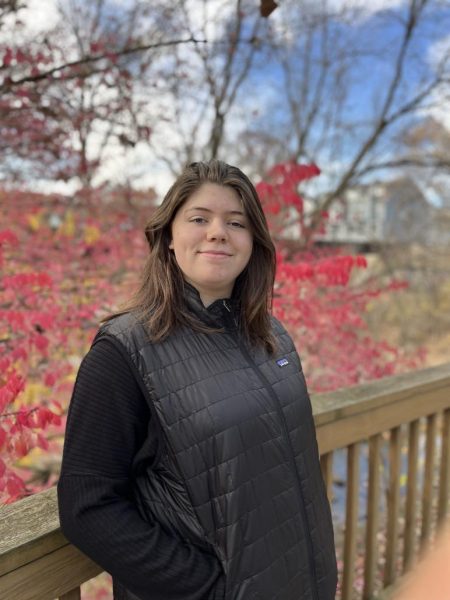If you’re a lover of romance in media—whether that be in films, shows, books, etc—there’s a high chance you’ve come across the love triangle dynamic before.
To describe it simply, it’s a dynamic that uses three characters, two of which are romantically involved or interested in the third character, who is either ignorant of their affection or unable to be decisive until the conclusion of the story.
It’s been used in everything from the Twilight Saga, to The Fourth Wing to The Summer I Turned Pretty. It’s a romance genre staple, inescapable, and I’m tired of it.
One of the biggest reasons why I’m tired of the use of love triangles in romantic media is because—at least for me—the majority of books that have this dynamic tend to have an unsatisfying ending.
There are three general reoccurring endings in the love triangle genre.
The first is—the most common resolution—the protagonist and primary love interest get together while the second love interest is either rejected or turned evil. This is my headache. The problem I have with this ending is 1) It leaves one character that you’ve built up for chapters, both emotionally and mentally, and essentially abandoned, at that point why even write them in? 2) It can sour the ending for some readers, since the knowledge that one of the characters they love is going about the world lonely or sad, even if the main couple are happy.
I don’t know about other bookworms, but I don’t read romance novels to remember how tragic and unfair love can be, if I did, I would read a tragedy.
The second theme is when the protagonist and the primary love interest get together while the secondary love interest gets together with another character that either has been there from the beginning but never noticed or was introduced later in the story. I have a love-hate relationship with this theme. While I don’t despise it as much as the first theme, I think it’s overused and can have a lot of issues if you don’t play it right.
For example, the biggest issue I found was that it can sometimes be written—intentionally or unintentionally—like the secondary character is rebounding from the love triangle onto the side interest.
The third theme—and the one I despise the least—is when the protagonist chooses neither of the love interests. This one has some caveats. Depending on the reason why they didn’t choose—for example, if they didn’t like the way they were treated—I would applaud the author for their ingenuity and attempts to not be generic. However, no matter how you play it, I would argue that romance novels that end this way are not romance novels. After all, the key feature of romance novels is the happy ending, and this formula doesn’t follow that rule.
Now, with all that said, I’m not totally against love triangles. I’m more just tired of how overused and generic they are becoming.
For me, if a romance writer wanted to use the love triangle in their novel, they should try to incorporate new concepts or original themes.
For example, I would love to read a romance novel where the two love interest falls in love with each other, instead of the protagonist. Imagine, we would watch those characters try their best to get the attention of the protagonist, fighting each other and bantering, and then slowly they would realize “Crap, why do I kind of like them.” Tell me that wouldn’t be one of the best rivals-to-lovers novels ever written.
I’m protesting the need for originality, not conventionality. It’s difficult to write books, but as a writer myself, I’d rather spend my precious time writing/reading romance novels that try to find their own way to express love instead of using an overused and overconsumed formula.



























































































